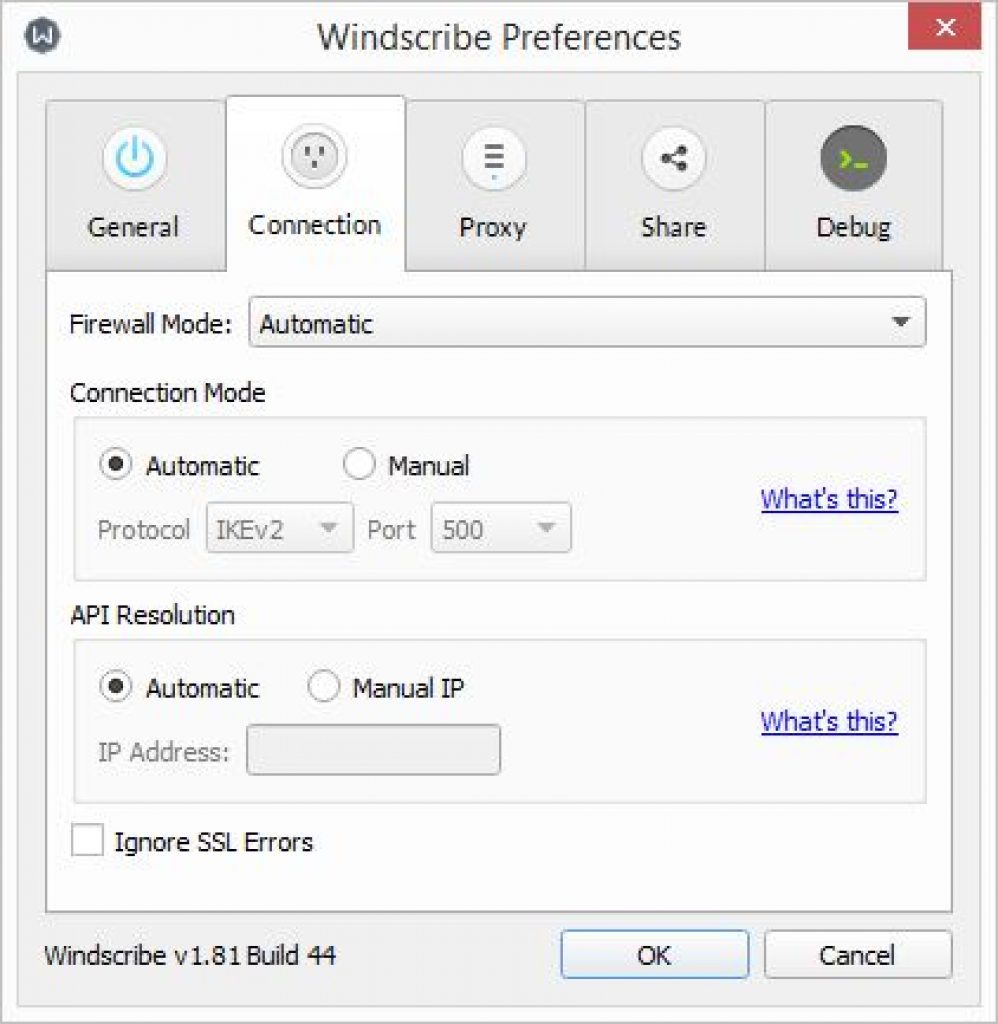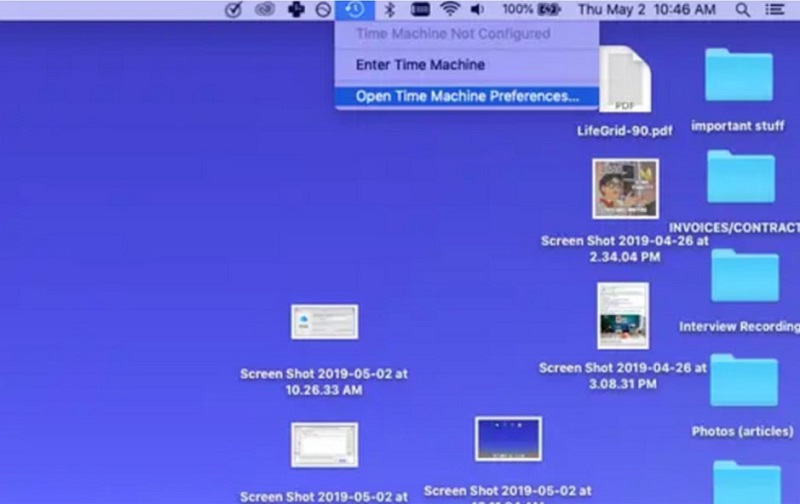

It mounts an NTFS volume as a physical volume not a virtual one, and shows it up on the desktop, in the Finder and Disk Utility.
#Ntsf client for mac for mac
This represents a storage size that is still (as of 2020) only reached by few hard drives available on the market – regardless of whether they’re classic mechanical HDD drives or modern SSD flash storage media. NTFS for Mac software automatically mounts Windows NTFS volumes in read-write mode when macOS starts or restarts. It will initiate the system scan immediately. Step 3: In the command prompt window, write ‘sfc /scannow’. A modified version of the original Linux code, this program is packaged as a easy-to-use installer so that normal users can install it without hassle. This program allows MacOSX to access Microsoft NTFS formatted harddrives connected by USB port.
#Ntsf client for mac for mac os x
Step 2: Now, press ‘A’ and select ‘Yes’ to access the command prompt as administrator. Download NTFS-FREE for Mac OS X for free. Its because Apples macOS has limited support for Windows volumes - that is, you can only read data, but cant write or delete anything. Step 1: Click on ‘Windows’ and ‘X’ keys simultaneously to use this tool. Vagrant has built-in support to orchestrate the configuration of the NFS server on the host and guest for you. If you are seeing less than ideal performance with synced folders, NFS can offer a solution. Compared to the previous standard FAT32, which is still in use for certain purposes nowadays, NTFS offers further advantages: The maximum size of a partition is far larger and now amounts to around 16 terabytes. Follow the steps below to solve the blue screen issue. In some cases the default shared folder implementations such as VirtualBox shared folders have high performance penalties. This is where it can fully utilize its well-organized structure including practical access controls for user read and write rights. In general, the NTFS file system is particularly well-suited to use in networks. This makes sense because NTFS offers a number of substantial advantages over FAT predecessors like FAT32 or FAT16. NTFS formatting on the hard drive that contains the operating system has even been obligatory as of Windows Vista.

As of Windows XP, NTFS has been predominantly used in Microsoft systems.


 0 kommentar(er)
0 kommentar(er)
